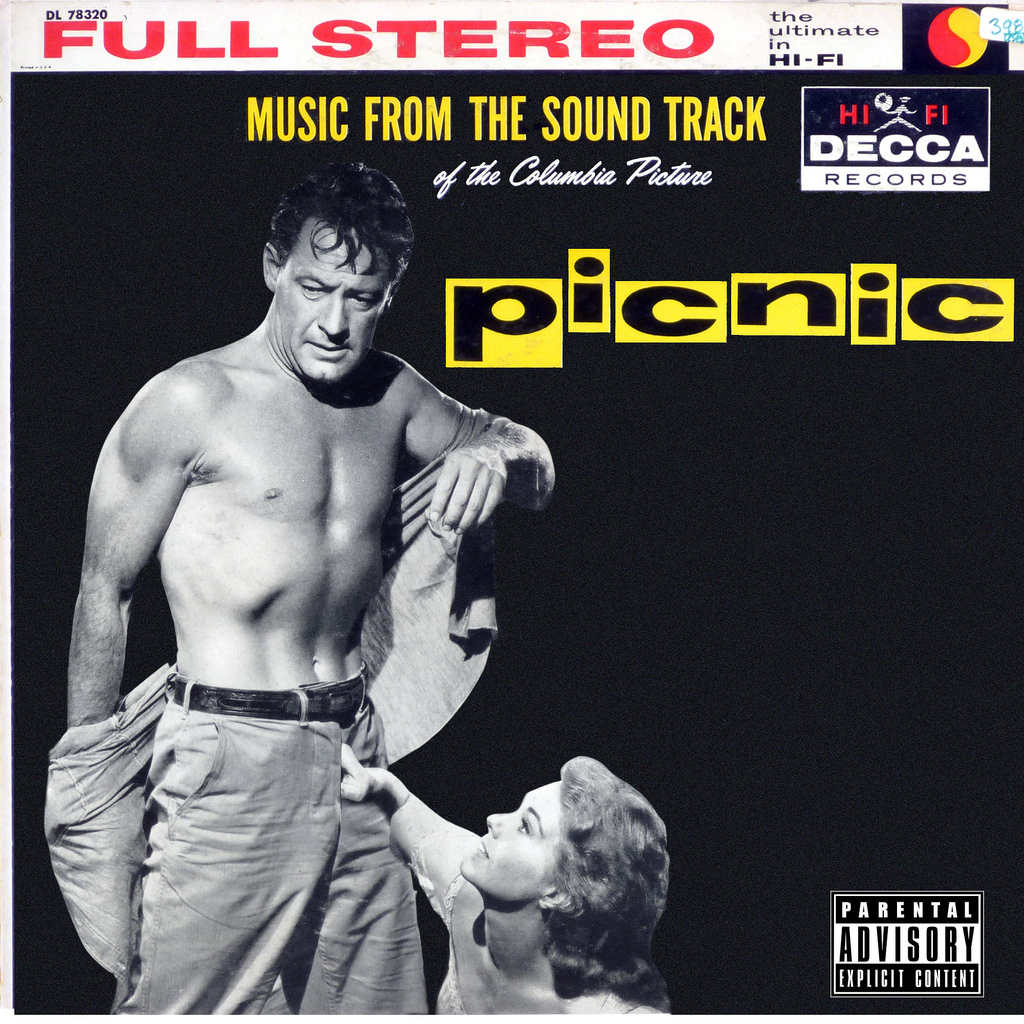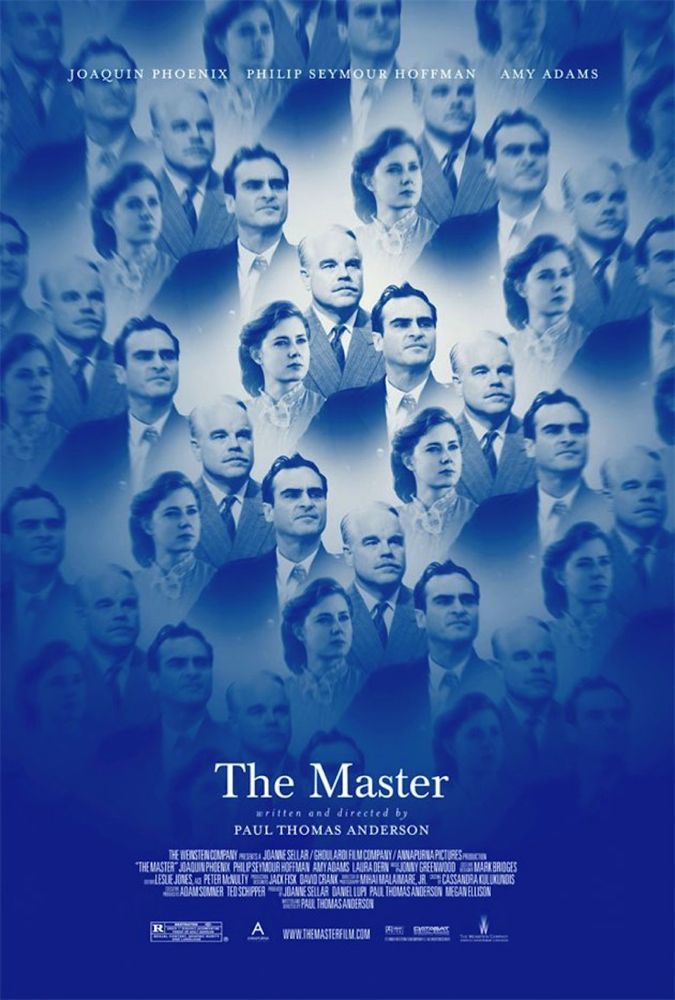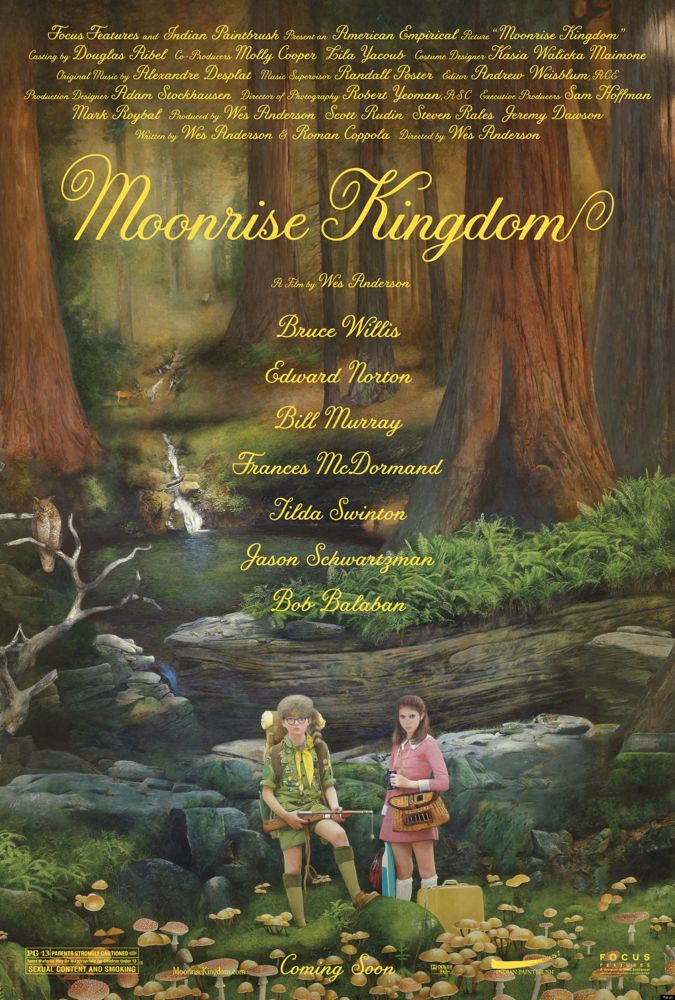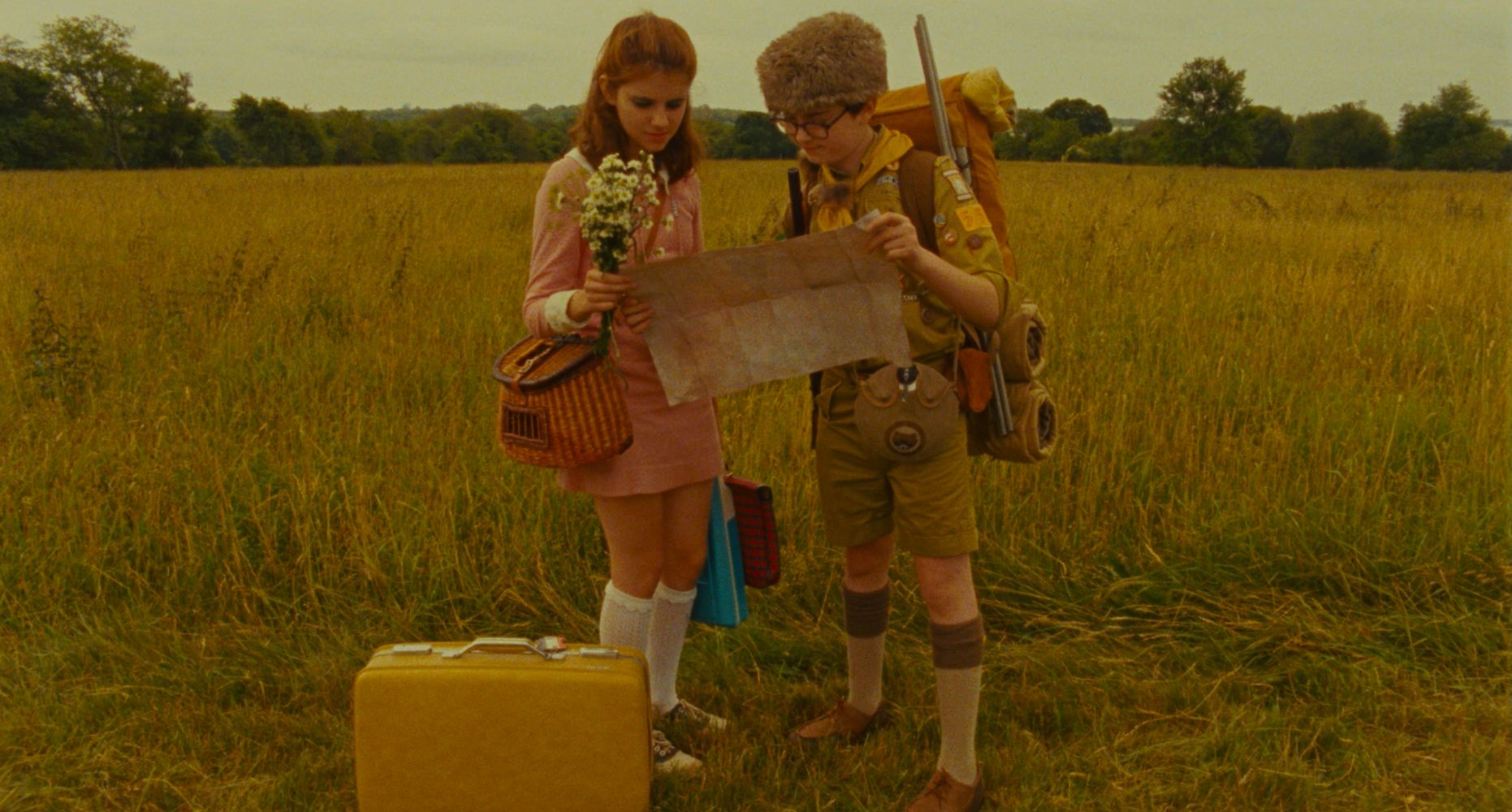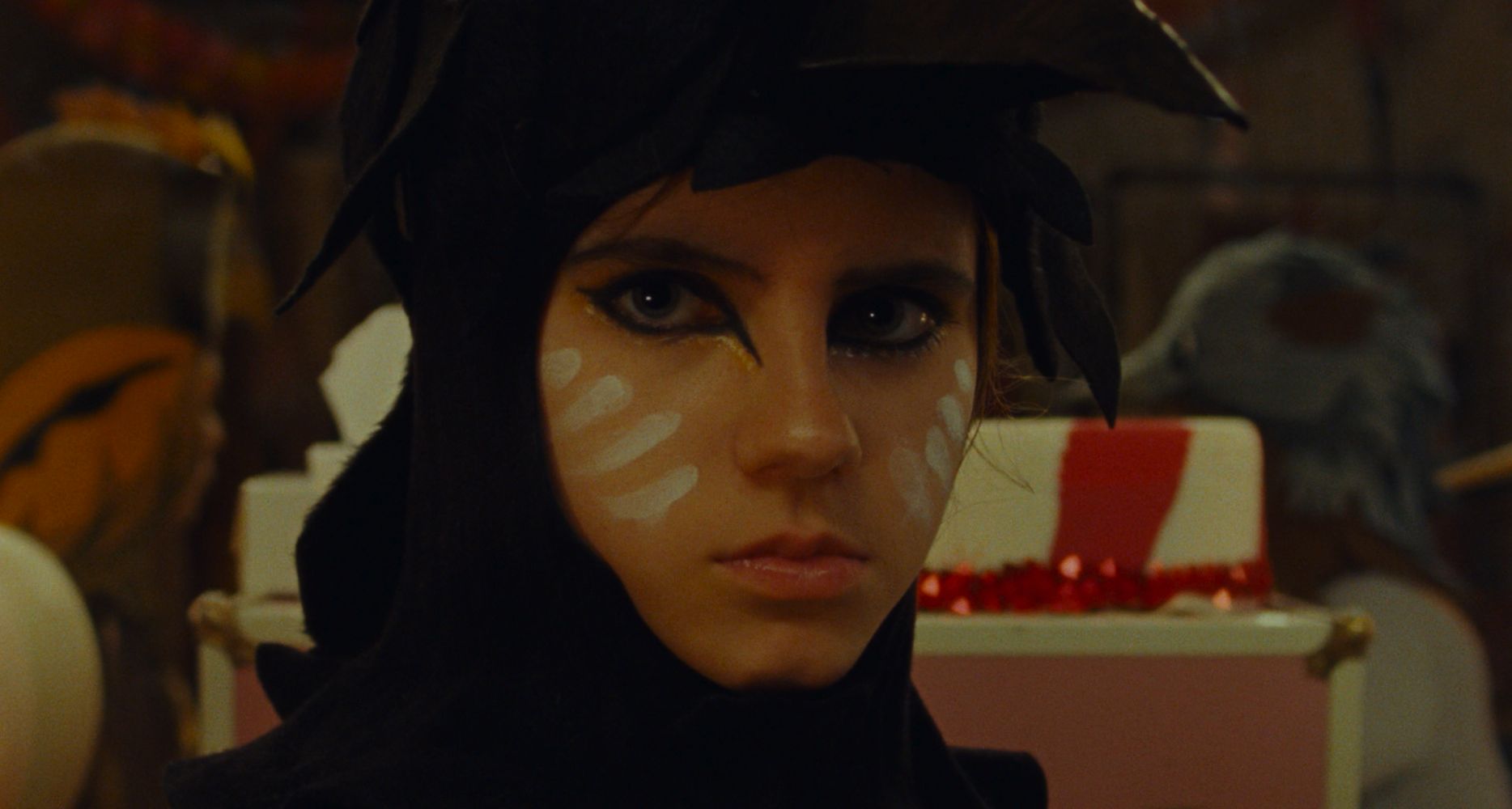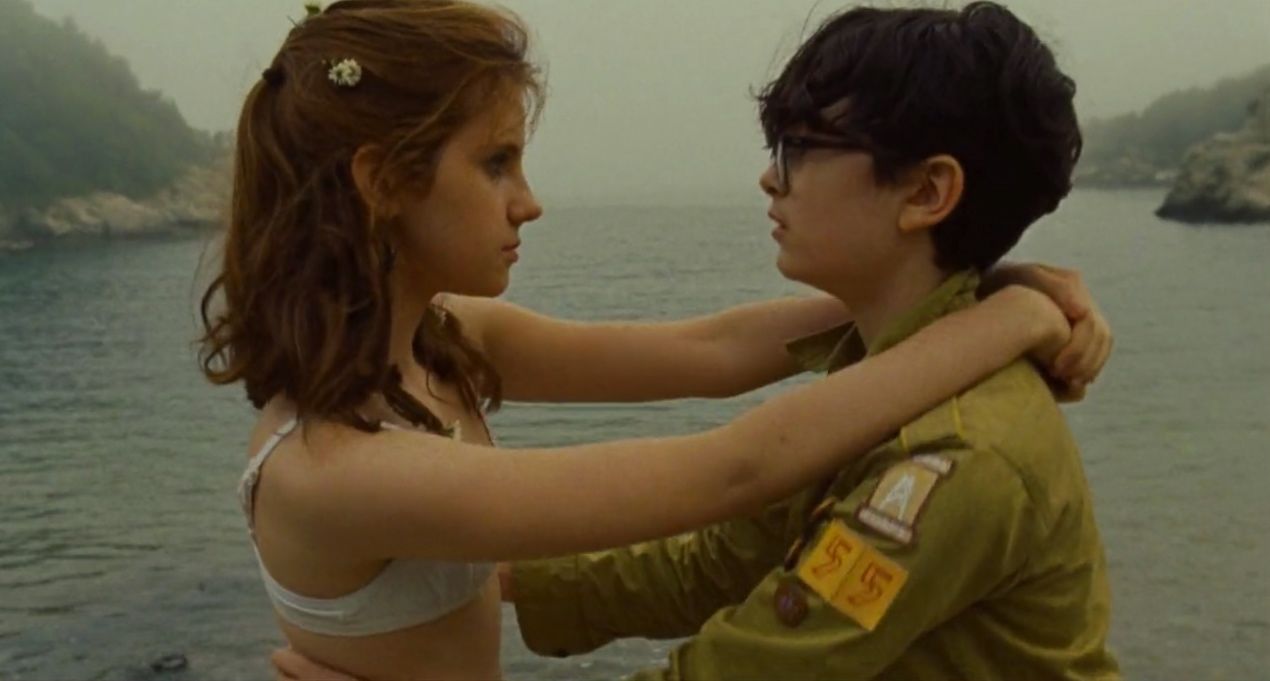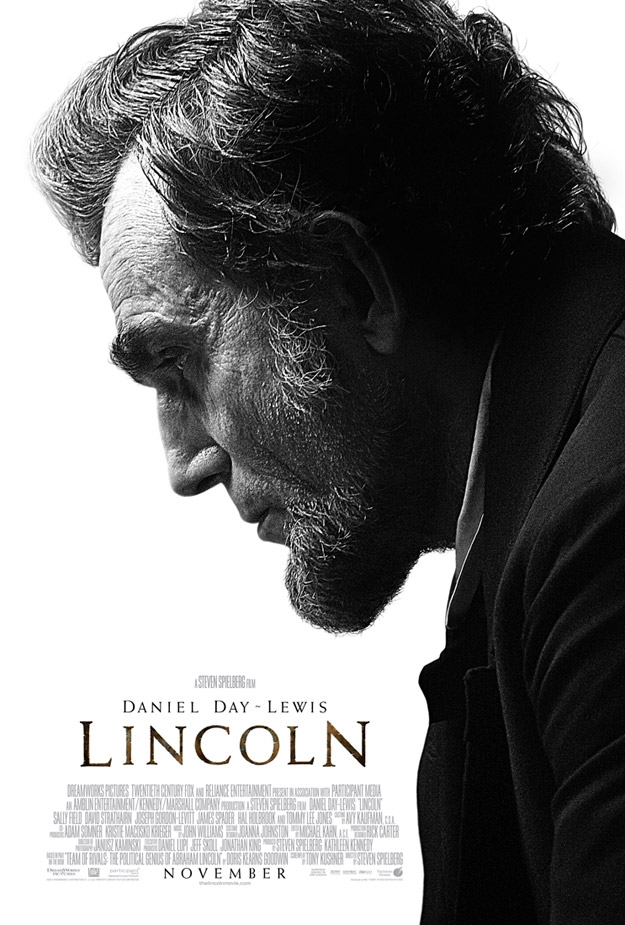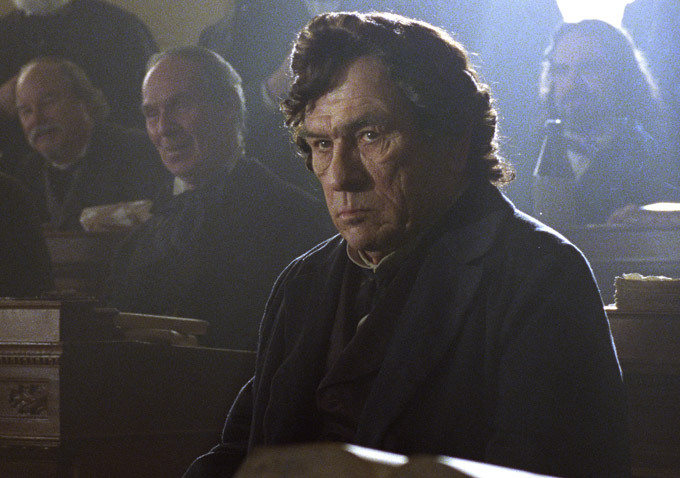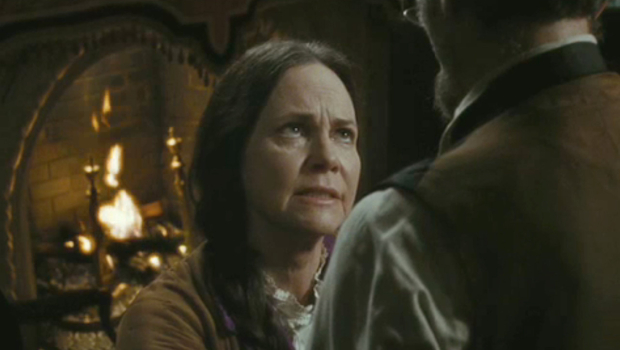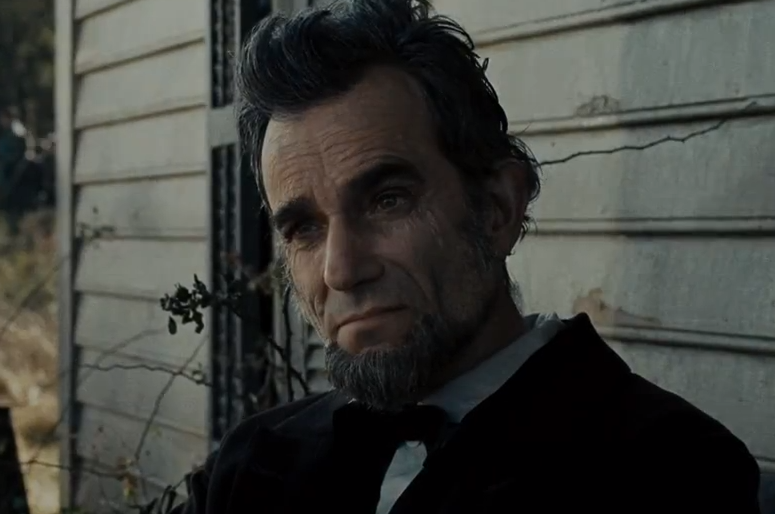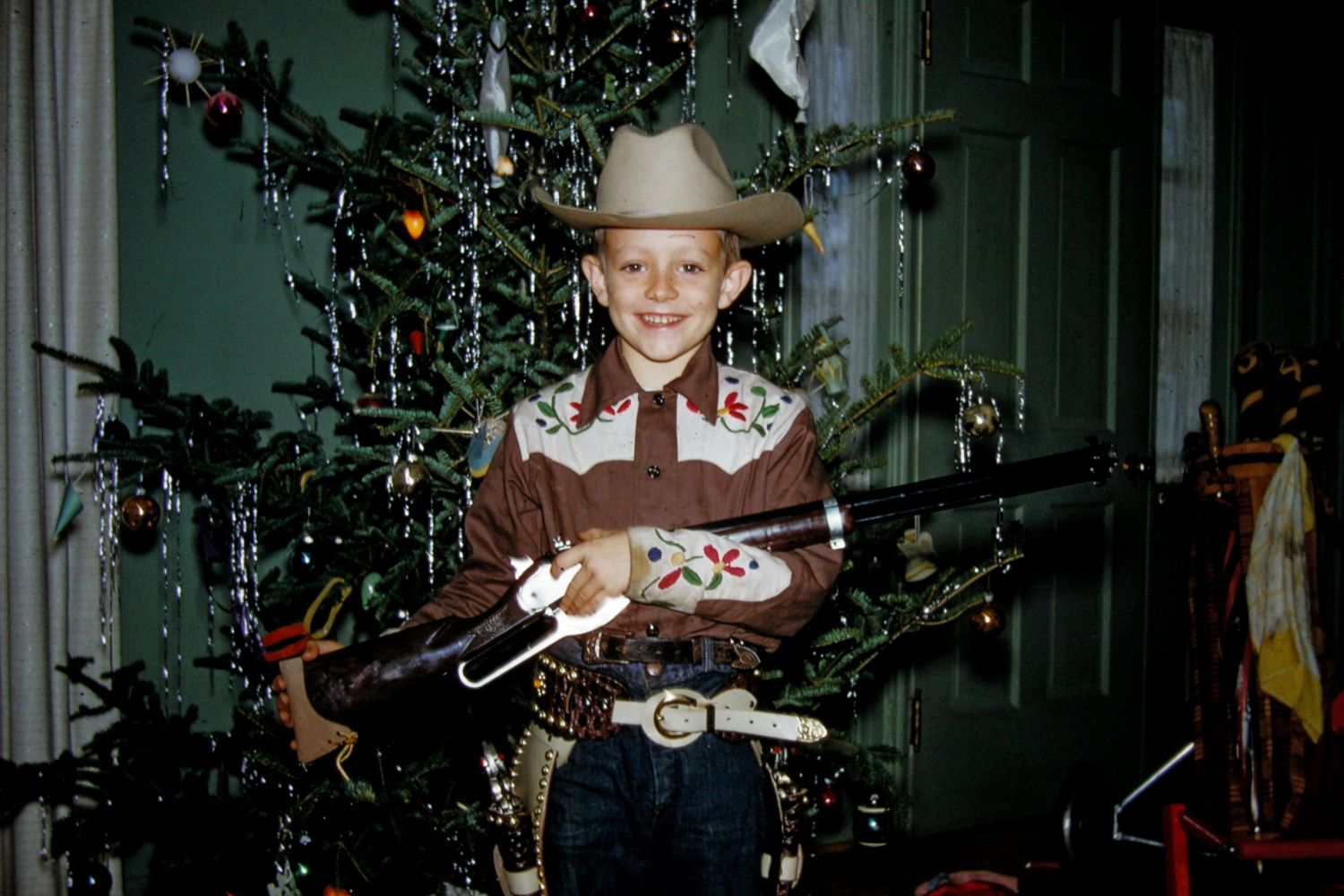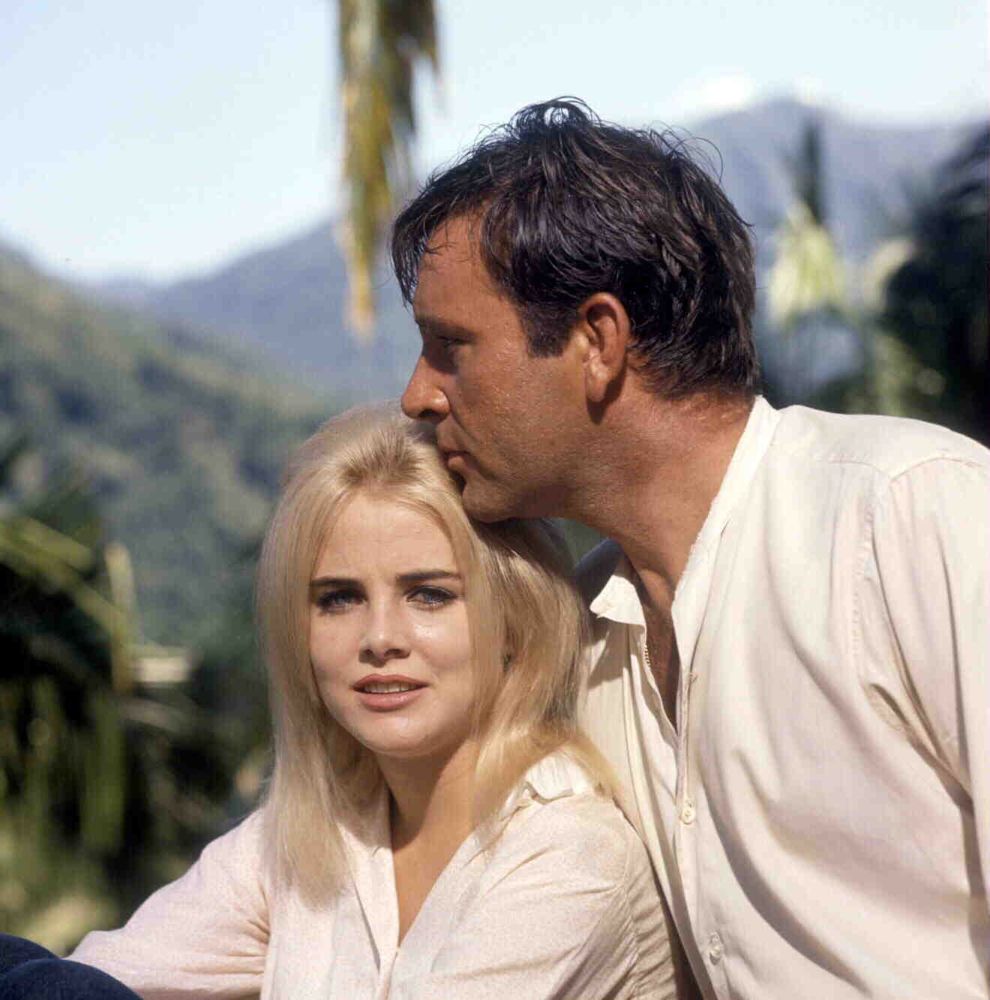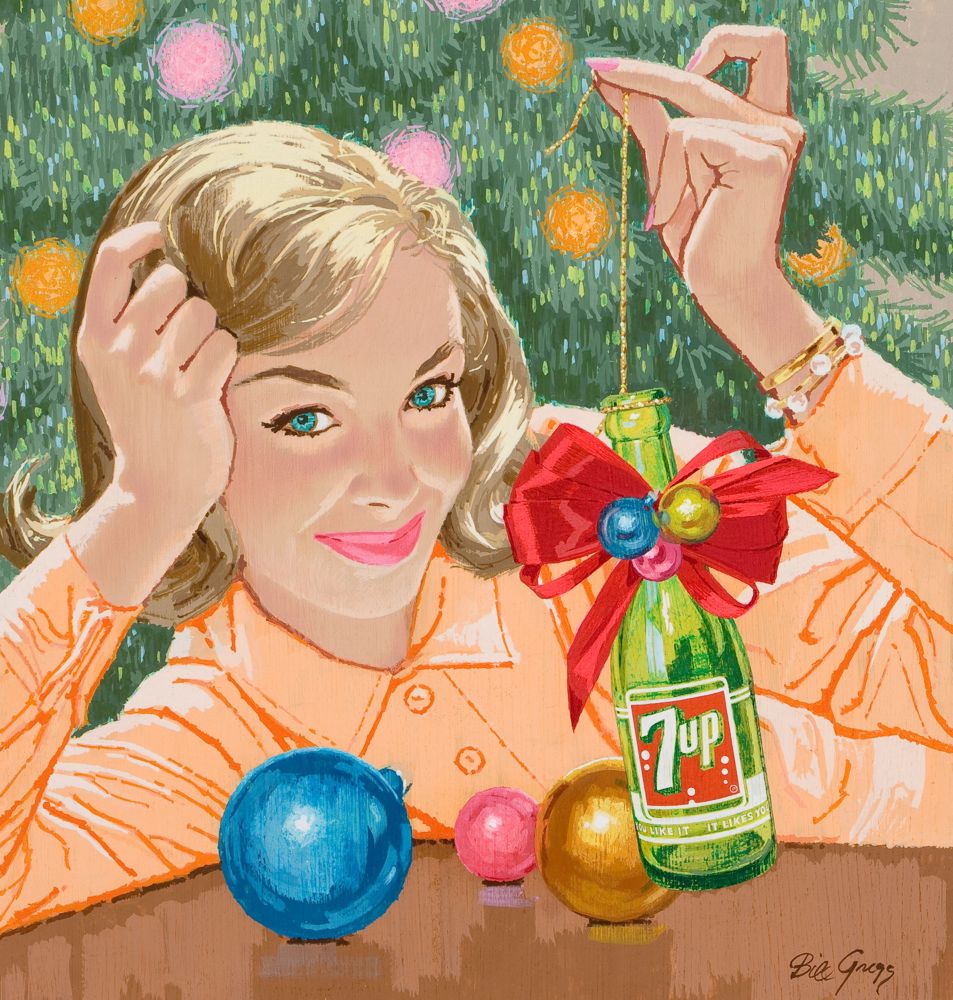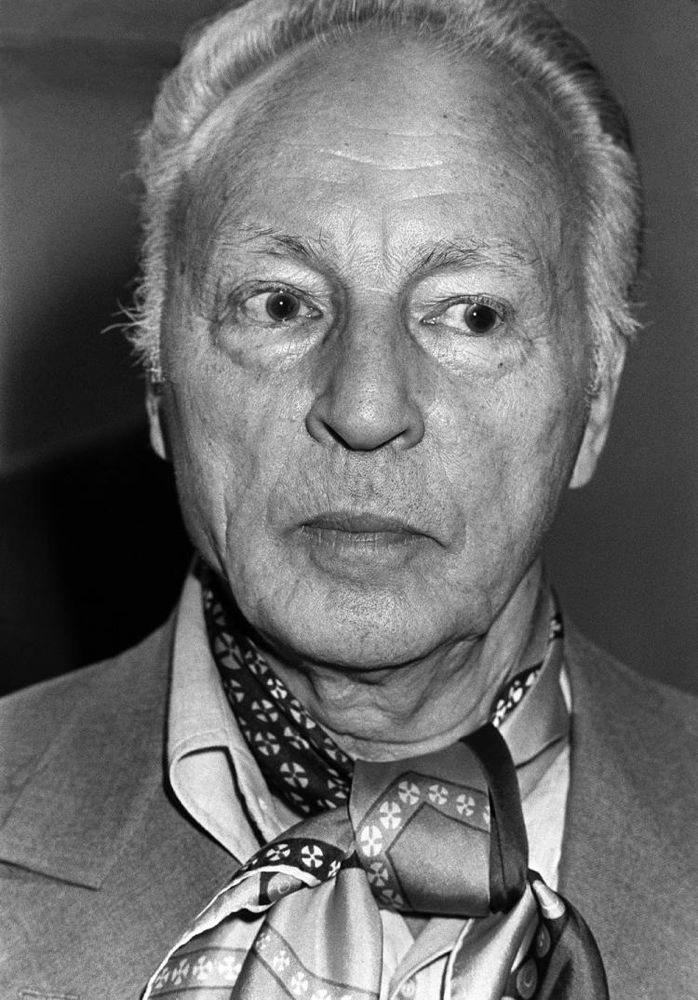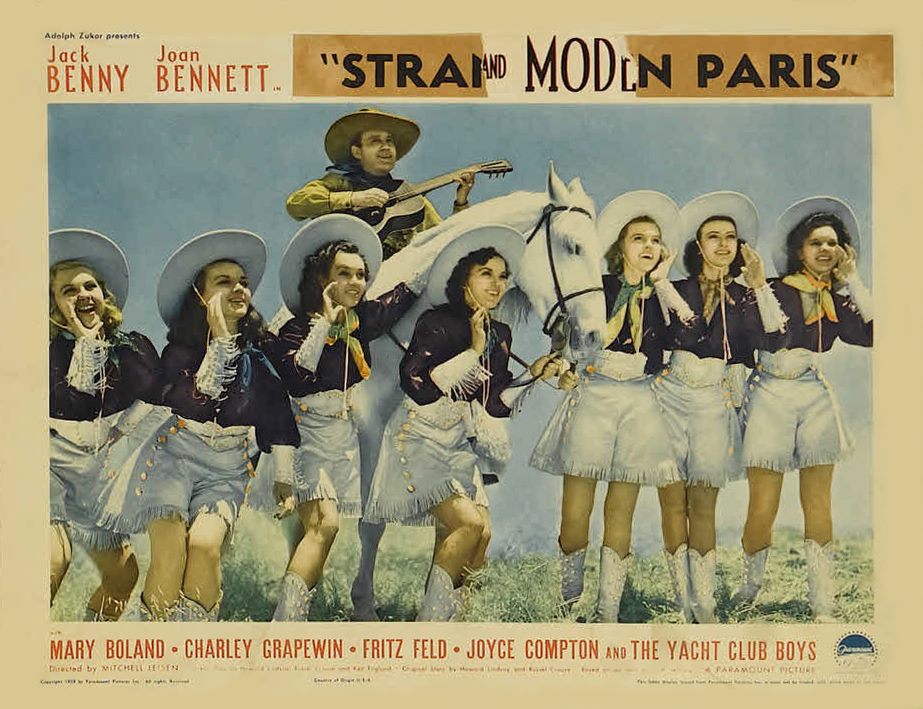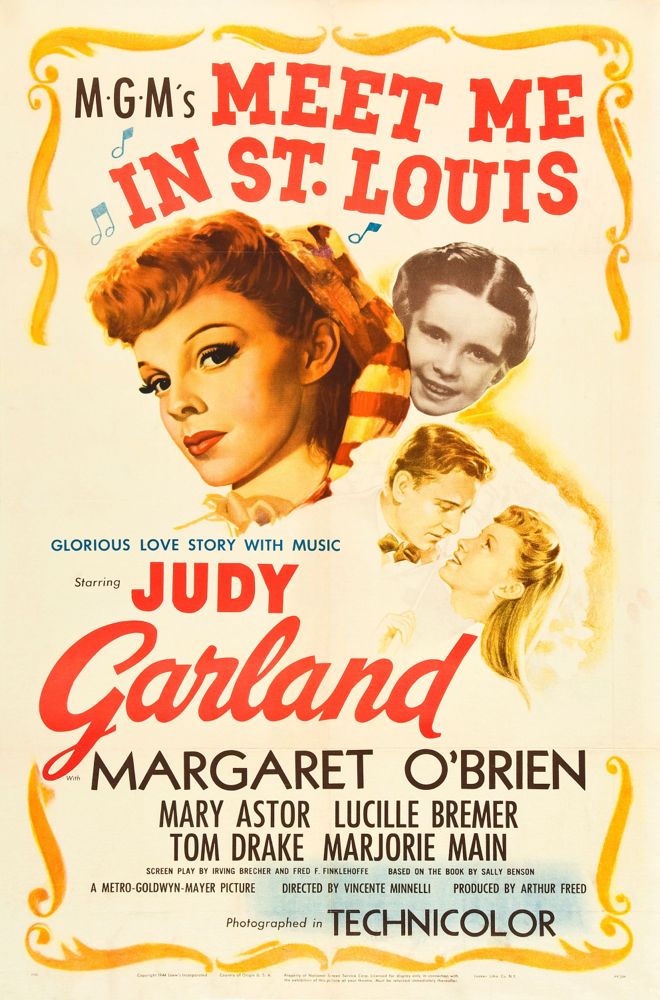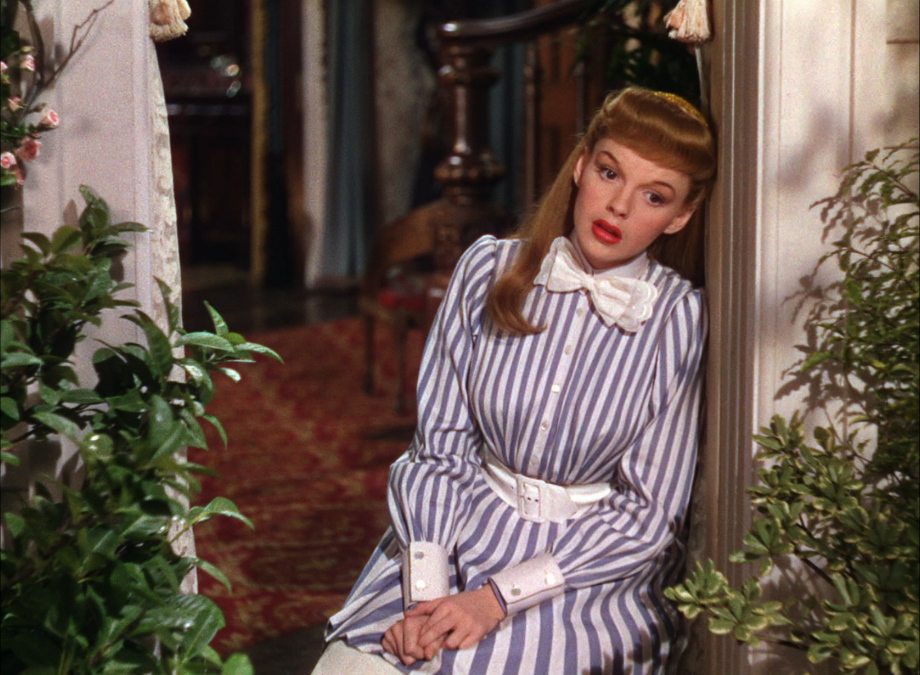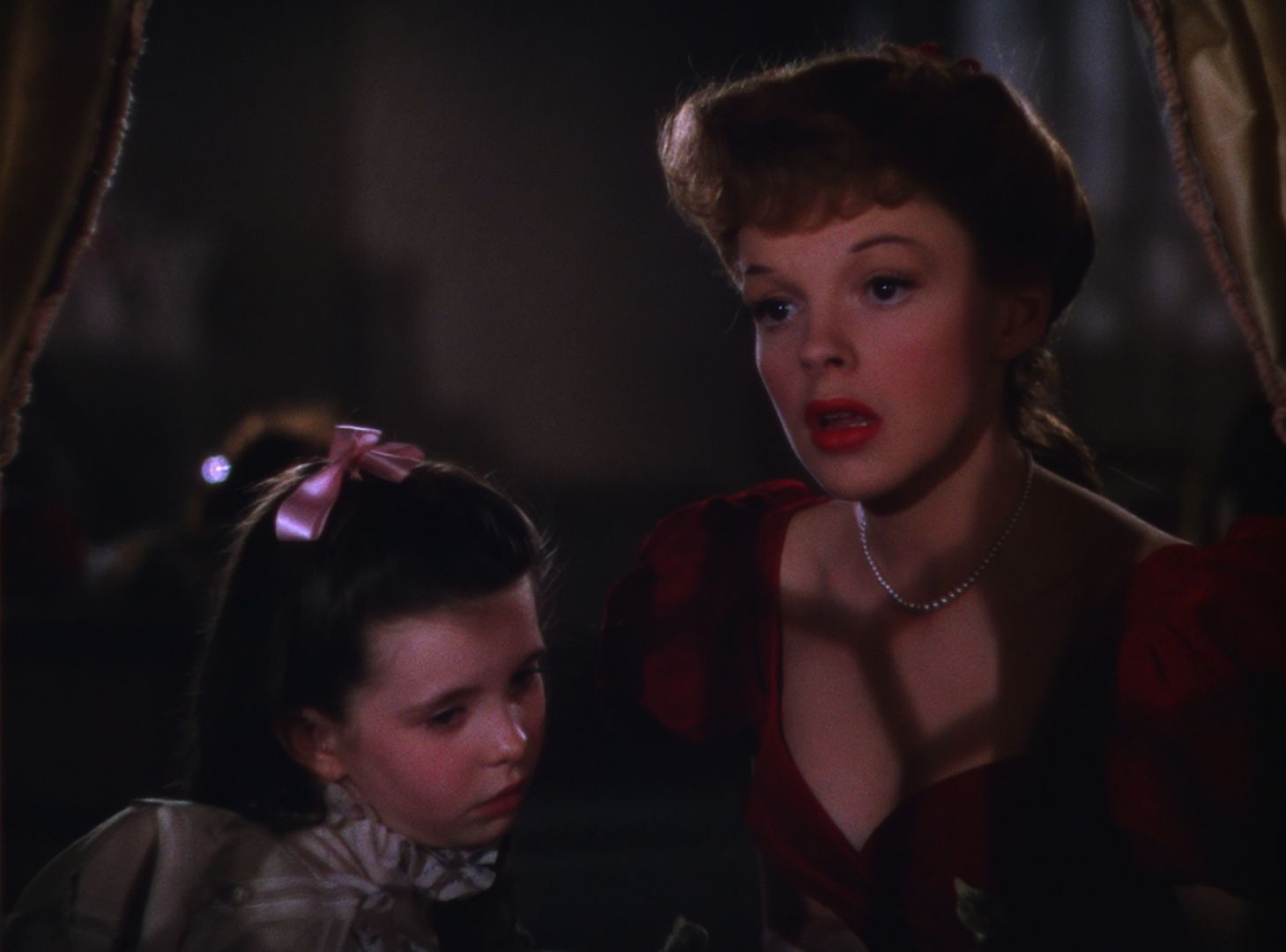Click on the image to enlarge.
A CHRISTMAS TREE FOR TODAY
THE MASTER
MOONRISE KINGDOM
I’ve never thought much of Wes Anderson’s films. They always struck me as eccentric but tepid — films that took on emotional subjects in cute tones that avoided any actual emotional engagement.
Moonrise Kingdom is different. It celebrates an anti-cynical view of romance in emotionally convincing terms. It’s a period film, set in 1965, and it’s conveyed in a cute deadpan style, but its heart is with its innocent lovers absolutely — so absolutely that it achieves more than a few moments of genuine poetry.
Anderson has finally found a tale in which he can reconcile his hipster hauteur with his romantic inclinations, and the result transcends hipsterdom entirely. This is probably as close as a cool modern filmmaker can get to genuine romance, but it gets very close indeed.
Is it possible to imagine a contemporary movie romance like this between lovers who are older than twelve? It would be nice to think so, but I’m not holding my breath . . .
Click on the images to enlarge.
LINCOLN
The trailers for Steven Spielberg’s Lincoln, and the poster above, which depicts the man as a kind of bas-relief sculpture, suggested that the film was going to be a chore to get through — a pious civics lesson about the martyred saint who freed the slaves and saved the Union.
In fact, the film is quite entertaining, thanks to Tony Kushner’s lively and intelligent screenplay and a number of very good performances, by Daniel Day Lewis, Sally Field and Tommy Lee Jones in particular. Lewis’s interpretation of Lincoln is the best of all those that have been done in movies, simply because he makes Lincoln seem like good company, as by all contemporary accounts he was. This is something even Henry Fonda, likeable as he was as a screen presence, couldn’t quite pull off except in brief moments.
The film takes a brutal look at the mechanics of American democracy, at the skulduggery and corruption that grease the wheels of even the most idealistic legislative achievements. This is paralleled by a visual evocation of the shadowy and grimy physical world of the 19th Century — you get a sense from watching this film of how bad most people of that time probably smelled.
The film fudges a bit on Lincoln’s views about integrating freed blacks into American society as citizens — he probably wasn’t as sanguine about the prospects of that, as open to the idea, as he’s presented here. On the other hand, it’s fair to suggest that his thinking on the subject might have evolved had he lived longer — that there were the seeds of such an evolution in his heart.
What’s less forgivable about the subtext of the film is the suggestion that the questionable legal and moral tactics Lincoln used during the greatest crisis that ever faced the nation, a time of armed conflict on a massive scale, might be applicable to our own current President, whose legal and moral transgressions against the Constitution and liberty itself haven’t unfolded in a similar context.
I don’t think there’s any doubt that Kushner and Spielberg had some such apology for Obama in mind when they made this film — and wanted to imply that noble intentions can justify almost any act by a President. That’s a stretch — and a dangerous one.
SLEIGH RIDE
It’s lovely weather for a sleigh ride together with you . . .
THE GIFTS THEY GAVE
“I,” said the dove from rafters high, “I cooed him to sleep so he should not cry. We cooed him to sleep, my love and I. I,” said the dove from rafters high.
WASSAIL
We must never forget that Christmas, at heart, is about wandering from house to house looking for free drinks . . .
MEMORABLE
ON THE SET
A MAGAZINE AD ILLUSTRATION FOR TODAY
GEORGE BALANCHINE
George Balanchine was the greatest artist of the 20th Century, by far. I got to see a lot of his work when it was still being performed under his direction. I knew many people who knew him, professionally or in more personal ways, but I never met him myself.
Once, in the lobby of the State Theater, during an intermission in a program of The New York City Ballet, I was looking for a friend and my eyes lighted upon Balanchine, standing about ten feet away from me. Our eyes met for a moment, I nodded slightly and he nodded back, slightly. Then I looked away and walked to a different part of the lobby.
I consider this one of the most thrilling moments of my life.
A WINTER’S SONG
A LOBBY CARD FOR TODAY
ESSENTIAL
Meet Me In St. Louis joins my list (along with The Searchers and Rear Window) of Blu-ray editions that belong in every home — that are in themselves worth buying a Blu-ray player for.
Meet Me In St. Louis is one of the greatest of all Hollywood musicals, and one of the greatest of all movies. It grows deeper and more astonishing with each viewing. If this film doesn’t make you cry, you need to totally reexamine your life, your values, your sense of what the world is really all about.
Producer Arthur Freed was the driving force behind getting the film made at MGM. Most of the other executives at the studio strongly opposed it — they didn’t think it was about anything, not understanding that the dysfunctional moments of a happy family is a subject of the most sublime profundity.
Louis B. Mayer intervened and told Freed to go ahead with the production, saying, “Either he’ll learn something or we’ll learn something.” The result was the most profitable film in MGM’s history, beating out even Gone With the Wind, which MGM only owned part of.
Gene Kelley said it was his favorite musical, and Martin Scorsese lists it among the films that most influenced his visual style. It’s an absolute miracle — especially on Blu-ray, where it’s possible to more fully appreciate director Vincente Minnelli’s elegant exploration of the house at the center of the film, and the choreography of the family members within it which reflects the shifting elements of the family dynamic.
Click on the images to enlarge.

